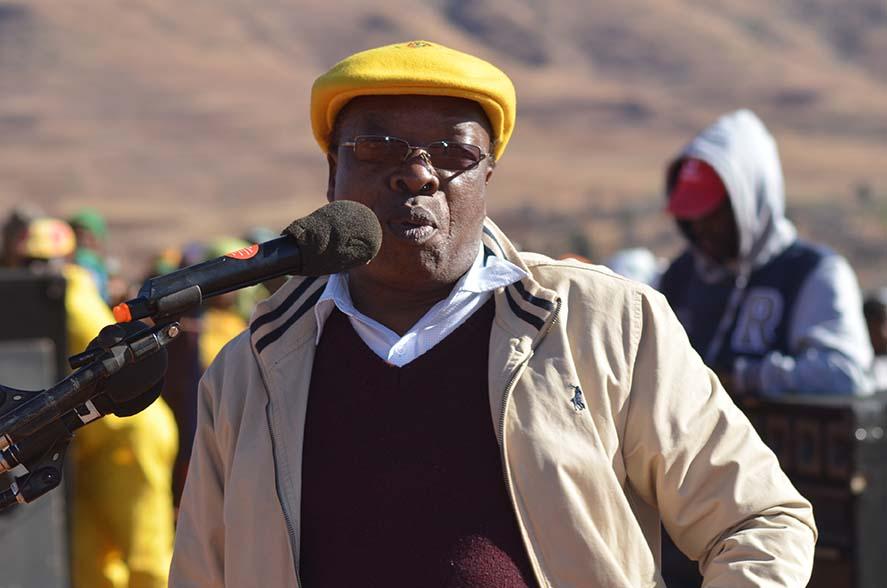Africa-Press – Lesotho. The Wool and Mohair industry is projected to realise its full potential in medium to long term, as government moves towards the enactment of the range resources management bill of 2021. Rangelands provide primary feeding for most of Lesotho’s wool and mohair producers.
After it turns into a law, the new legislation will among other things promote sustainable use of range land resources for the benefit of people in the manner that would preserve the ecological character of an area as well as conserve biodiversity and maintain ecosystem.
It will further protect rangeland against unprecedented issues such as unsustainable grazing, encroachment and exploitation or illegal harvesting of range resources.
Through the Act, rangelands shall be monitored and any other actions detrimental to rangeland health will also be dealt with. The new legislation shall replace the 52-year-old Land Husbandry Act of 1969.
Protection of rangelands means the wool and mohair industry, already one of the leading commodity exports in Lesotho will produce even more quality fibre as the rangelands provide primary feeding for wool and mohair producers.
Currently with over 1.2 million sheep and 845 000 goats in Lesotho, there is a lot of potential to develop the industry according to the 2019 statistics by the International Fund for Agricultural Development (IFAD).
Wool is the leading commodity exported by Lesotho and mohair is the fifth largest. IFAD revealed through its own findings that on average, one sheep yields almost 3kg of wool, and in the case of mohair, one goat yields under 1kg of wool.
The quality and quantity of wool and mohair are influenced by a number of factors, in particular animal nutrition, access to genetic material, animal health and livestock extension services. With the new legislation, production in the already lucrative industry will certainly improve in the long run.
On Wednesday, the Wool and Mohair Promotion Project (WAMP), in partnership with the government and other stakeholders, held a symposium to discuss the draft of the new bill and other areas where it needs to be improved.
Speaking on behalf of the Minister of Forestry, Range and Soil Conservation, the Minister of Public Service Motlohi Maliehe said the government has embarked on the exercise in order to address challenges that come with reliance on old legislation which no longer responds to a number of challenges in that area.
“At the moment, we are still using the Land Husbandry Act of 1969 and it is a very old law which needs to be replaced because it no longer responds to the current challenges.
We really have to adapt to the new ways of doing things. “The ministry is therefore doing this to ensure that the wool and mohair production is also improved and that will improve the country’s economy in return,” Maliehe said.
Similar sentiments were echoed by the director of WAMP, Retšelisitsoe Khoalenyane, who showed that the new legislation will go a long way towards improving livestock production and management as well as helping producers to generate higher income.
“We go against low productivity of rangelands because it subsequently results in low production. So absence of proper laws is really a challenge in this day and age,” Khoalenyane said.
Under its Climate Smart Rangeland Management Component, the Wool and Mohair Promotion Project (WAMP) works in tandem with the Department of Range Resources Management (DRRM) of the Ministry of Forestry, Range and Soil Conservation to manage Lesotho’s rangelands sustainably.
WAMP supports the DRRM’s efforts to improve the relevant legislative framework in order to bolster regulations of rangelands, a communal resource that is openly accessible to all Basotho.
WAMP is financed by the government of Lesotho, the International Fund for Agricultural Development (IFAD), the OPEC Fund for International Development (OFID) and the Lesotho National Wool and Mohair Growers’ Association (LNWMGA). It is a seven-year M450 million project that will conclude in 2022.
For More News And Analysis About Lesotho Follow Africa-Press






